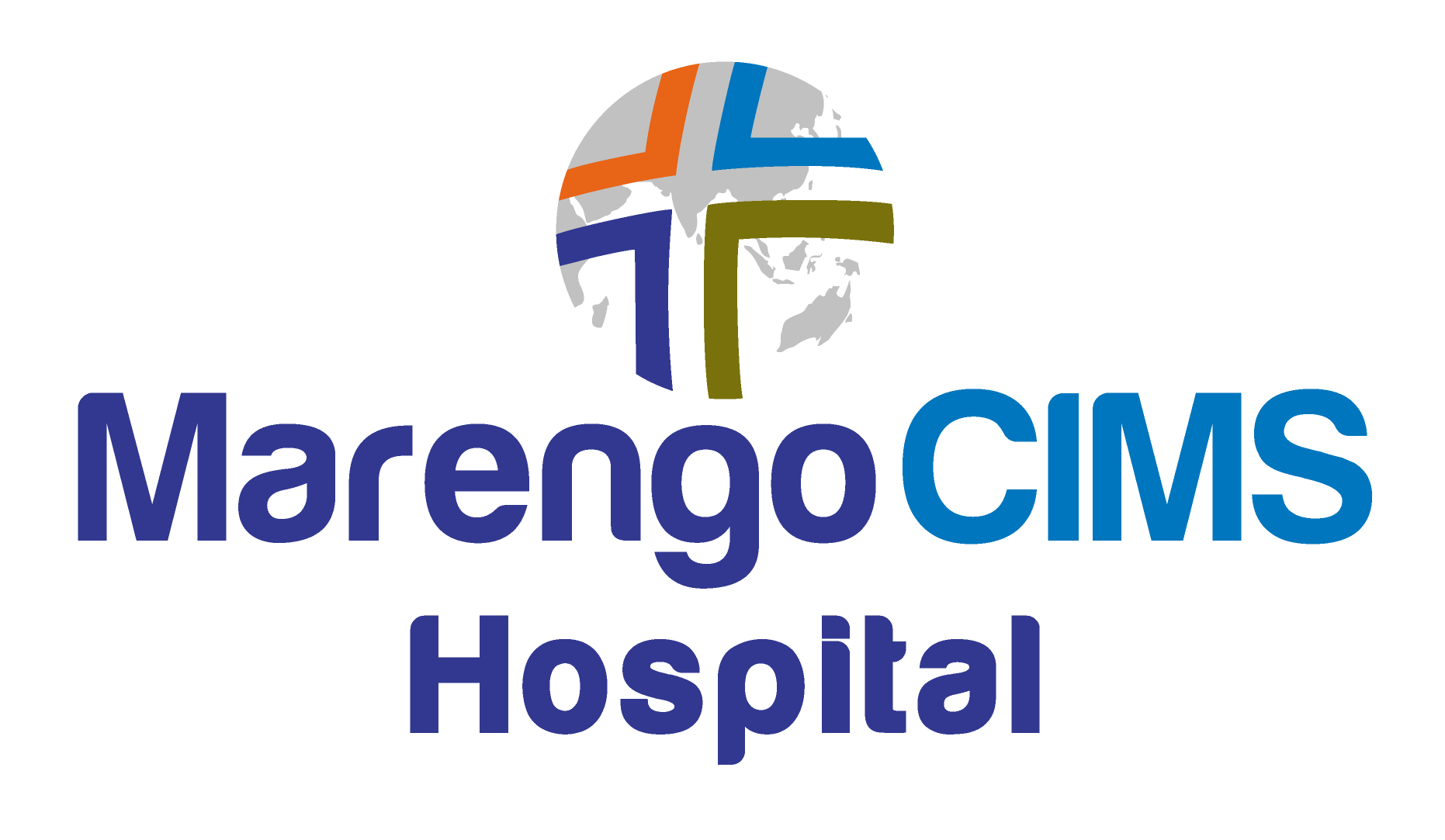Trans Oesophageal Echocardiography
What is a transesophageal echocardiogram?
A transesophageal echocardiogram (TEE) is a special test that uses sound waves and a computer to look at your beating heart. For this test you swallow a device called a transducer, or probe. The transducer is carefully placed in your esophagus behind your heart. (The esophagus is the tube that carries food from the throat to the stomach.) The probe sends high-frequency sound waves to your heart. The sound waves bounce (echo) off your heart. A computer uses the echoes to create a moving picture of the heart.
Having the transducer in your esophagus allows ultrasound waves to create very clear moving pictures of your beating heart. The heart valves, chambers, blood vessels, and the heart muscle itself can be carefully measured and examined.
When is it used?
TEE is used when a standard echocardiogram, using a transducer on the chest, doesn’t show certain areas of the heart and blood vessels. Because the probe is much nearer your heart when it is inside you rather than on the outside of your chest, the TEE is much more accurate than a standard echocardiogram.
The most common reasons to use TEE are to diagnose infections of the heart valves (endocarditis), to identify small blood clots in the heart, and to find small holes in the heart that allow blood to pass between the two upper chambers of the heart (the left atrium and the right atrium).
TEE may be used to diagnose a problem called aortic dissection. The aorta is the big blood vessel leading from the heart to the rest of the body. This vessel sometimes develops a split or tear between the layers of its wall, allowing bleeding into the wall. If a large amount of bleeding occurs, it may separate the layers of the aorta and cause it to burst. This can have serious consequences, including death. The nearness of the transducer to the aorta allows your health care provider to get very good pictures of the aortic wall.
How do I prepare for the procedure?
Follow instructions provided by your health care provider. Do not eat or drink anything after midnight or the morning before the procedure. Do not even drink coffee, tea, or water.
Arrange for someone to take you home after the test.
What happens during the procedure?
The TEE may be done in your health care provider’s office. Your heartbeat and breathing will be checked. The back of your throat will be sprayed with local anesthetic, which will make your throat numb and keep you from gagging. You will be given medicines that make you feel relaxed, but you will stay awake. The health care provider will then help you swallow the probe.
The procedure may be as short as a few minutes or last for a half hour or longer. The ultrasound waves from the probe are recorded for later review by the health care provider.
What happens after the procedure?
After the procedure, you can go home as soon as you are fully awake. Because of the drugs you were given for the procedure, someone should give you a ride home.
What are the benefits?
TEE can give information about your heart that is not available from any other test. Prompt treatment of a problem can improve your outlook.
What are the risks?
TEE is very safe. Your throat may be sore for a few hours afterward. You may need an aspirin or two for comfort. A very rare complication is a small tear in the esophagus when the probe is swallowed. If this happens, the tear may heal by itself or it may need stitches.

